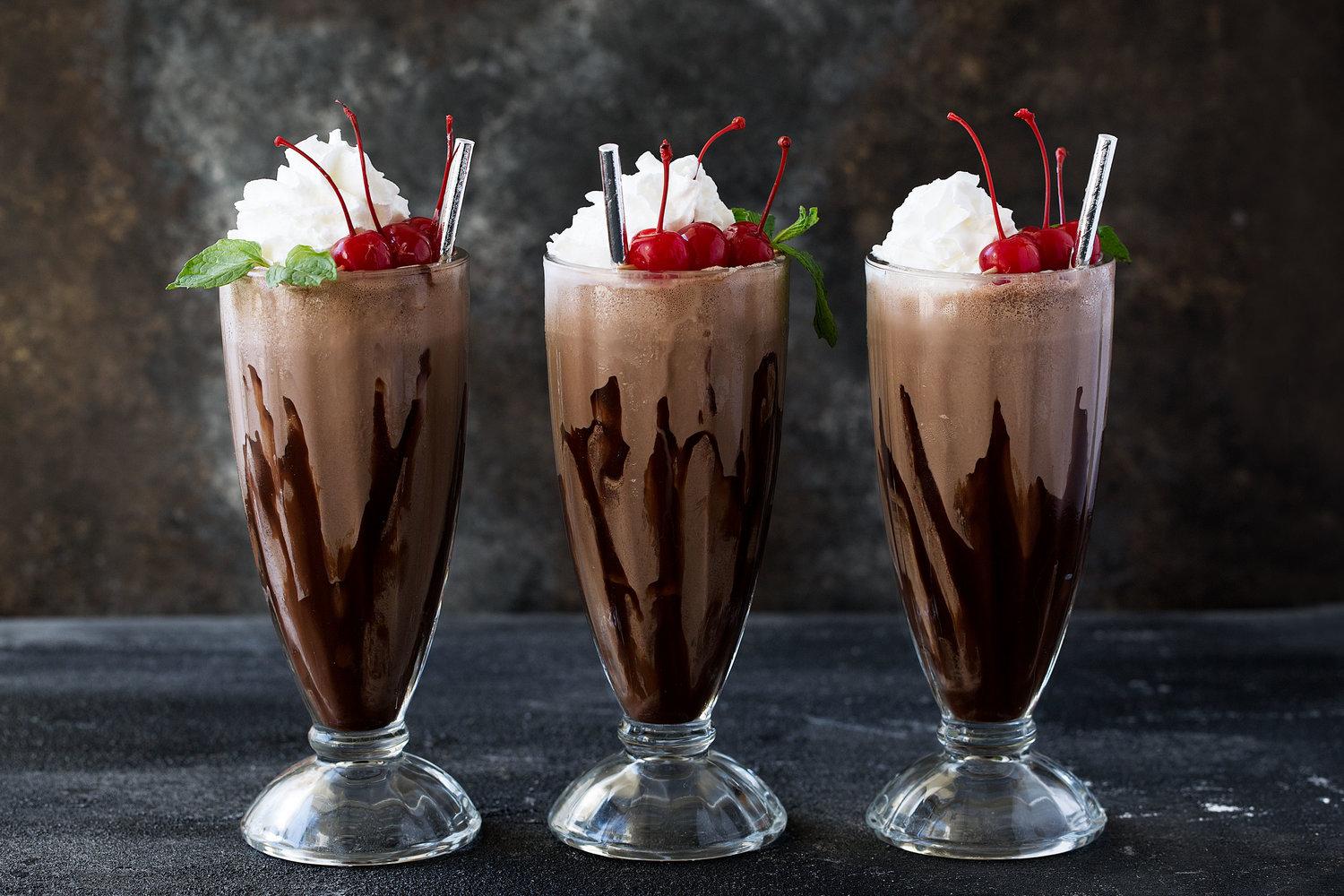History & Climate
Cocoa beans were discovered in South American rain forests about thousands of years ago. being a favorable environment, humid and tropical climate mixed with elevated rainfall in South American rain forests ensures the growth of cacao fruits.
Processing
Steps involved in the formation of cocoa products:
- Harvesting
- Fermentation
- Cleaning
- Roasting
- Winnowing
- Grinding
- Conching
- Molding
- Formation of different cocoa products
After harvesting, the cacao fruits are opened and the seeds are extracted and fermented. After fermentation cleaning has to be done by various methods and then the fermented beans are to be dried and roasted. After roasting comes winnowing, in which machines crack the shells and then separate them from the heavier nibs. The roasted and winnowed beans are then broken down by grinding and cocoa mass or cocoa liquor formed which contains 53-58% cocoa butter which is conched by the process of conching to enhance flavor and emulsify at a temperature range from 55-88°C. The cocoa butter/liquor is then pressed (molding) to finally produce cocoa powder and cocoa butter.
Uses
Cocoa powder is the most commonly used powder in beverages like hot chocolate, cold coffee, etc. Beyond beverages, it is used as an ideal flavoring agent in products such as ice cream, bread spreads, dairy products, biscuits, cakes, and sweets. It adds color as well as flavor.
Cocoa butter is a pale yellow fat composed of particular fatty acids (around 36% monounsaturated). It is one of the most stable fats because it contains natural antioxidants (eg vitamin E) that reduce rancidity and allow for a storage life of 2 – 5 years. Furthermore, it has a mild chocolaty flavor and aroma, so it is an important ingredient in chocolate. Outside the food sector, cocoa butter is used in cosmetic products, such as lotions, lip balms, shampoos, soaps, as well as pharmaceuticals.
Nutrition facts of cocoa
Alexander von Humboldt once stated about cocoa: “nowhere else has nature compressed such a store of the most valuable nutrients into such a small space as it has with the cocoa bean.”
Amount Per 100 grams
Calories- 228
Total Fat: 14 g
Saturated fat: 8 g
Polyunsaturated fat: 0.4 g
Monounsaturated fat: 4.6 g
Cholesterol: 0 mg
Sodium: 21 mg
Potassium: 1,524 mg
Total Carbohydrate: 58 g
Dietary fiber: 33 g
Sugar: 1.8 g
Protein: 20 g
Caffeine: 230 mg
Calcium: 12%
Iron: 77%
Vitamin D: 0%
Vitamin B-6 5%
Magnesium 124%
Hot cocoa or hot chocolate?
Some people use the terms hot chocolate and hot cocoa synonymously but, more accurately, they are two different beverages. Hot cocoa is made from a mix of cocoa powder (sometimes in instant form), sugar and milk or water. By contrast, hot chocolate is made directly from chocolate bars (dark, semisweet or bittersweet chocolate), which already contain cocoa, sugar and cocoa butter. Thus the major difference between the two is the cocoa butter, which makes hot cocoa lower in fat than hot chocolate.
Malt
It is germinated cereal (barley or other grains) that have been dried in a process known as “malting”. The grains are made to germinate by soaking in water and are then dried. Malting grains modifies the starches in the grains into sugars breaks down the proteins in the grain that can be used by yeast.
These malted cereals are then used to manufacture a whole range of things like malted milk drinks like MILO, breakfast cereals, cereal bars, etc.
Malta
Malta is a lightly carbonated malt beverage, brewed from barley, hops, and water much like beer; corn and caramel color may also be added. However, Malta is non-alcoholic, it has a strong beer smell and flavor and is consumed in the same way as beer and soda or cola in its original carbonated form, and to some extent, iced tea in non-carbonated form.
Malted milk is a powdered gruel made from a mixture of malted barley, wheat flour, and evaporated whole milk.
Ovaltine
Ovaltine (Ovomaltine) is a brand of milk flavoring products made with malt extract, sugar (except in Switzerland), and whey. Some flavors also have cocoa. Ovaltine, a registered trademark of Associated British Foods, is made by Wander AG, a subsidiary of Twinings which acquired the brand from Novartis in 2002, except in the United States where Nestlé acquired the rights separately from Novartis later on.


